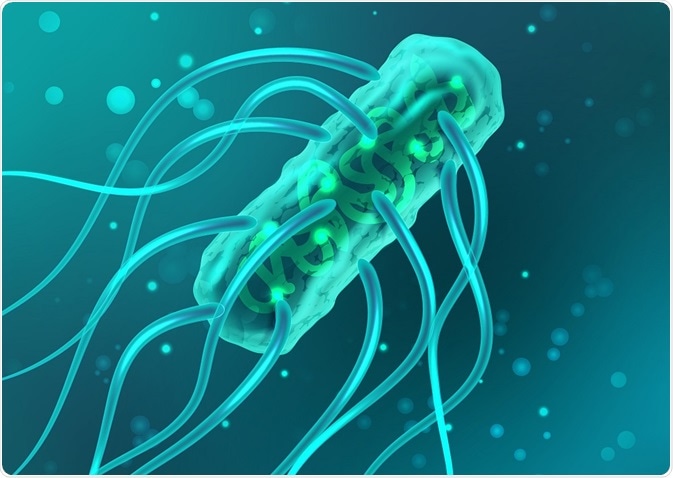Aseptic techniques are implemented in order to prevent the transfer of microorganisms from personnel and equipment during manufacturing stages of aseptic preparations, but also during medical procedures, administration of drugs, and other healthcare processes.
 Zonda | Shutterstock
Zonda | Shutterstock
Sources of contamination
One of the best ways to prevent the spread of microorganisms is through disinfection. Contamination can occur if medical staff do not clean the surfaces, the necks of ampules, or fail to use gloves. This kind of contamination may be prevented by cleaning the surfaces with 70% alcohol or ethanol, adequate usage of gloves, and cleaning the neck and rubber septa every time before use.
Another issue may be the lack of hand hygiene or the multiple use of syringes. In such cases, hand washing and disinfection is recommended. In some cases, infections may be passed from the medical staff to patients through intravenous catheters and other infusions. For this reason, catheter sites should be checked daily.
Furthermore, manually filling syringes may lead to manual errors. Thus, prefilled syringes may be used. Also, multiple use and improper handling of needles may cause infections. Single-use syringes, disposable tubes and automatic injectors are recommended to reduce errors arising due to the aforementioned causes.
Medications should be stored in a clean area and a clean surface, while the needles and syringes should always be kept wrapped. In addition, IV solutions should not be prepared in advance. Suppliers should be checked and ensured that the medications are prepared in line with the manufacturing process.
How to maintain aseptic conditions
A sterile work area represents a simple and economic method to maintain aseptic conditions. For this purpose, the cell culture hood in the hospital laboratory should be present in an area that does not have air coming from doors, windows, or through traffic. Only the items that are necessary should be kept in the work area and the region should be thoroughly cleaned before and after use.
Ultraviolet light can also be used to clean the surfaces. For such spaces, Bunsen burners are not recommended, as they may be a source of soot or particulate matter. The culture hood should be kept running, and only switched off when not required for protracted durations of time.
Personal hygiene includes washing hands before and after working the cell culture hood. Also, wearing protective equipment can prevent contamination from skin or dirt and dust from the clothes.
Commercially available reagents and media should be processed under strict quality control to ensure that they are sterile. Guidelines for sterile handling the reagents should be followed to prevent their contamination. Also, they can be additionally sterilized by using autoclave or sterile filter prior to their usage.
Sterile handling methods involve wiping the hands and work area with 70% ethanol. Additionally, the outside surface of flasks, containers, plates and dishes can also be wiped with 70% ethanol. Direct pouring of media from bottles or flasks should be avoided.
During work, extra care should be taken to use sterile pipettes, while each pipette should be used once to avoid cross-contamination. The equipment that has been sterilized should only be opened just before use.
While opening a cap or a cover, it should be kept facing down while placing. It is also important not to talk or sing while performing under sterile conditions, and the experiments should be done as fast as possible to minimize any risk of contamination.
Sources
Further Reading
Last Updated: Aug 17, 2023